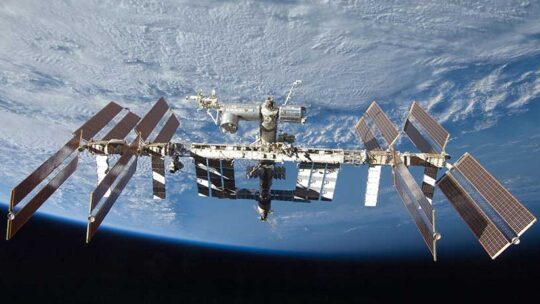
Images of the U.S. Men’s National Team soccer players comforting their Iranian opponents after Iran's World Cup loss moved people across the globe. In just a few moments on the soccer pitch, these athletes destroyed several barriers: political rivalries, traditional gender roles and competitiveness.
Especially at this time of the year, our polarized society can learn from that display of humanity. As communicators, we can too.
Our job includes shaping peoples' perception of the world. Indeed, the world could use more examples of people joining together rather than dividing apart.
A good sport is a good person first. Good sportsmanship is put ahead of team loyalties, even winning. It means respecting the opponent, playing fair, accepting losses with grace and getting up when knocked down (and helping a downed opponent).
Similarly, communicators can show good sportsmanship. We face choices about framing potentially divisive issues–what words to use, images to share, narratives to highlight–whether in a news release, social media post or an executive’s speech.
Here are some thoughts for demonstrating good sportsmanship in storytelling:
- Don’t stereotype. People are individuals. They’re not their governments, religions or ethnicities, abilities or political views. When storytelling, use these labels only when absolutely essential.
- Find common ground. Avoid both-sides-ism and false equivalencies. Everyone has the same basic needs: food, shelter, safety, love, fulfillment. Start your story there.
- Don’t create conflict. Every good story includes conflict, of course. But it doesn’t need to come from artificial divisions of us vs. them. Have your hero overcome an obstacle or reach a goal without creating an outside enemy.
Takeaways from 250 miles up
In addition to communication and sports, another arena where good sportsmanship reigns is in space exploration. The space race began during the Cold War, with the success of the Soviet Union’s Sputnik satellite.
In many ways that race ended just 6 years after the 1969 U.S. Apollo Moon landing. What evolved was decades of international collaboration in space.
Apollo-Soyuz, the first U.S.-Soviet space mission, came together in the thick of the Cold War.
Even today, despite considerable tension, the U.S. and Russia cooperate at the International Space Station. As recently as September, NASA astronauts launched to the station aboard a Russian spacecraft.
While their governments argue, astronauts and cosmonauts stay, literally and figuratively, 254 miles above the fray. They’re scientists and explorers, but they’re also teammates.
What can communicators take from this?
- Stay on task. Don’t let issues outside of your lane disrupt the team’s progress.
- Support your colleagues. It doesn’t matter what’s happening elsewhere in the organization–work with your colleagues as a cohesive team.
- Concentrate on the big picture. Astronauts and cosmonauts on the Space Station can gaze out the window at Earth’s beauty below. When returning to work, they know their effort is making a difference on that faraway planet.
As communicators, we can help soften society’s divisions when we focus storytelling on what makes us human. Stories need interesting, complex, imperfect characters who struggle against the odds. That’s who I root for–on the ground and in space.
Melissa Mathews is founder of Spring Green Communications
